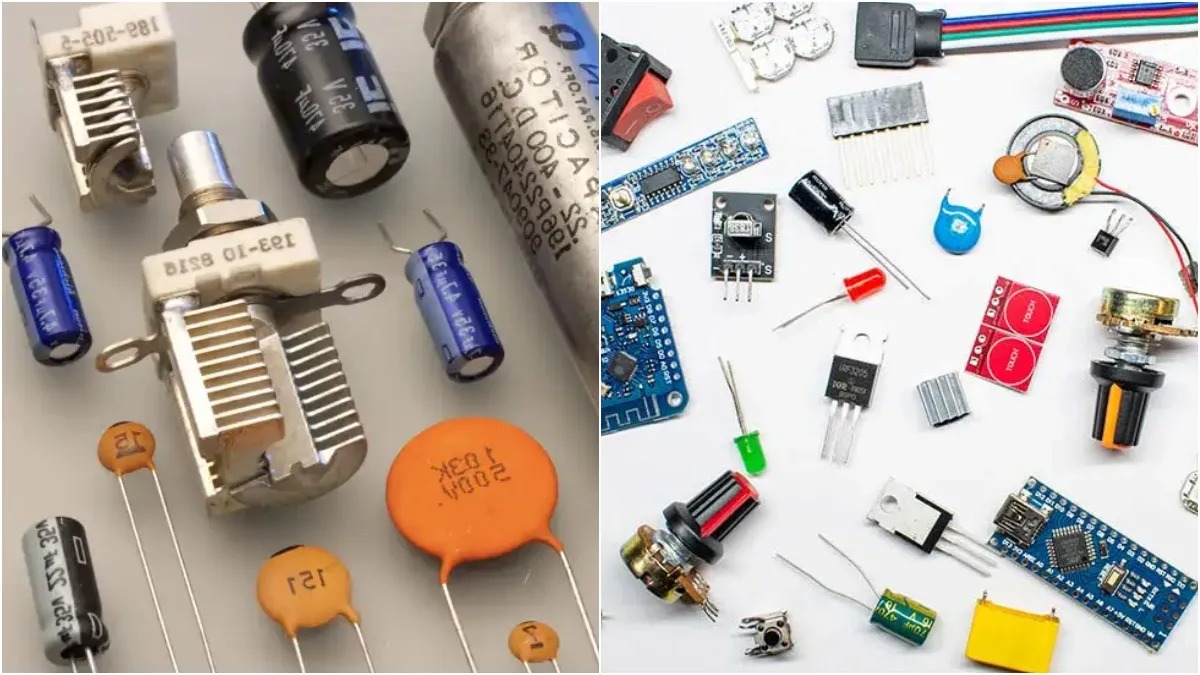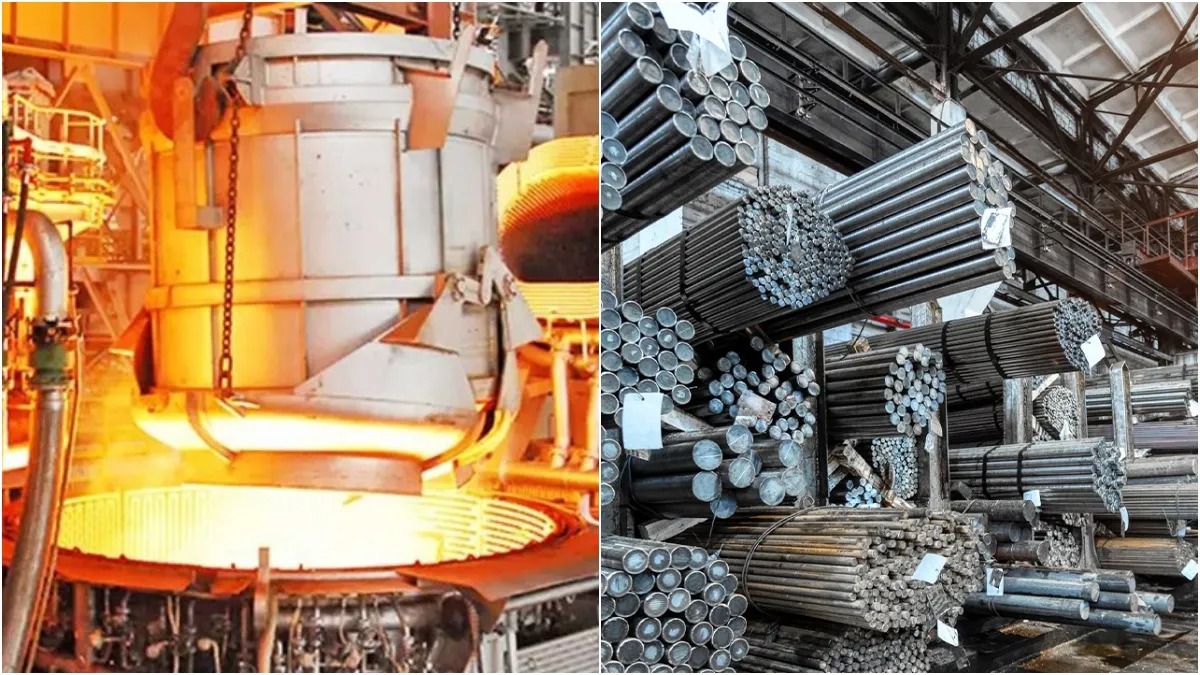
The Union Cabinet has approved the ‘Electronics Component Manufacturing Scheme’, valued at ₹22,919 crore, aimed at making India self-reliant in electronics component manufacturing. This is the country’s first scheme dedicated to the manufacturing of passive components, a foundational step to strengthen the electronics supply chain.
The scheme’s primary goal is to attract large-scale domestic and global investments while improving Domestic Value Addition (DVA). It also aims to integrate Indian manufacturers with Global Value Chains (GVCs) by building robust local manufacturing capabilities.
Electronic Production Growth in India
India’s domestic electronic production has seen strong growth, rising from ₹1.90 lakh crore in FY 2014-15 to ₹9.52 lakh crore in FY 2023-24, with an annual growth rate exceeding 17%.
Key Features and Benefits of the Scheme
Total Outlay: ₹22,919 crore over six years
Job Creation: Expected to generate 91,600 direct jobs
Projected Investment: ₹59,350 crore
Production Target: Estimated to reach ₹4.56 lakh crore
Sectors and Components Targeted
The scheme is designed to benefit multiple sectors, including:
Telecom
Consumer Electronics
Automobiles
Medical Devices
Power Sector
It focuses on essential components such as:
Display modules
Camera modules
Multi-layer printed circuit boards (PCBs)
Lithium-ion batteries
Mobile accessories and IT hardware components
These segments will receive business-linked incentives, including capital expenditure incentives and performance-based payouts tied to employment targets.
Exports and Global Integration
India’s electronics export has also witnessed strong growth—rising from ₹0.38 lakh crore in FY 2014-15 to ₹2.41 lakh crore in FY 2023-24, showing a 20% annual growth. The government expects the scheme to strengthen India’s export competitiveness and enhance its role in global supply chains.

 Share
Share






